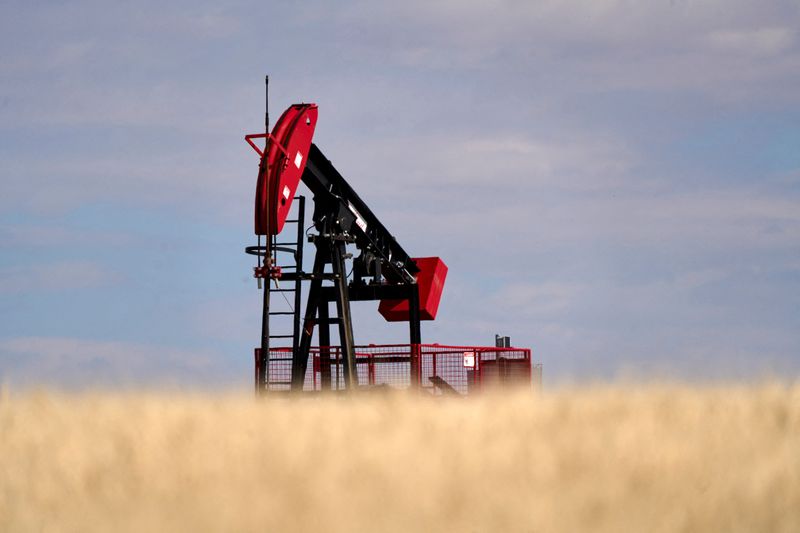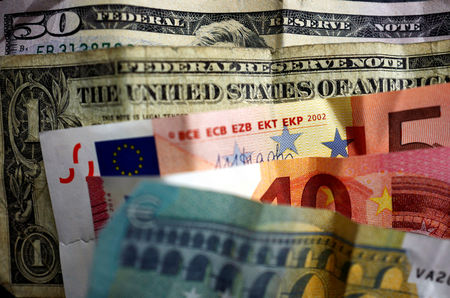
By Florence Tan
SINGAPORE (Reuters) – Oil prices extended their gains on Friday after closing at their highest in more than two months in the previous session on hopes governments across the world may increase policy support to revive economic growth that would lift fuel demand.
Brent crude futures rose 16 cents, or 0.2%, to $76.09 a barrel by 0132 GMT after settling at its highest since Oct. 25 on Thursday. U.S. West Texas Intermediate crude was at $73.32 a barrel, up 19 cents, or 0.3%, with Thursday’s close its highest since Oct. 14.
Both contracts are on track for their second weekly increase with investors back from holidays, improving trade liquidity.
Factory activity in Asia, Europe and the U.S. ended 2024 on a soft note as expectations for the new year soured amid growing trade risks from a second Donald Trump presidency and China’s fragile economic recovery.
“The December PMIs for Asia were a mixed bag, but we continue to expect manufacturing activity and GDP growth in the region to remain subdued in the near term,” Capital Economics analysts said in a note, referring to purchasing managers’ indexes data published on Thursday.
“With growth set to struggle and inflation below target in most countries, we think central banks in Asia will continue to loosen policy.”
Lower interest rates should spur more economic growth which would lead to higher fuel consumption.
Investors are eyeing further interest rate cuts by the U.S. Federal Reserve this year to support its economy, while China President Xi Jinping has pledged more proactive policies to promote growth.
“As China’s economic trajectory is poised to play a pivotal role in 2025, hopes are pinned on government stimulus measures to drive increased consumption and bolster oil demand growth in the months ahead,” StoneX analyst Alex Hodes said.
In the U.S., the world’s biggest oil consumer, gasoline and distillate inventories jumped last week as refineries ramped up output but fuel demand hit a two-year low. [EIA/S]

Crude stockpiles fell less than expected, down 1.2 million barrels to 415.6 million barrels last week compared with analysts’ expectations for a 2.8-million-barrel draw.
Traders are also paying close attention to recent weather forecasts as expectations of a cold snap in the U.S. and Europe over the coming weeks could boost demand for diesel as a substitute to natural gas for heating.
This post is originally published on INVESTING.






